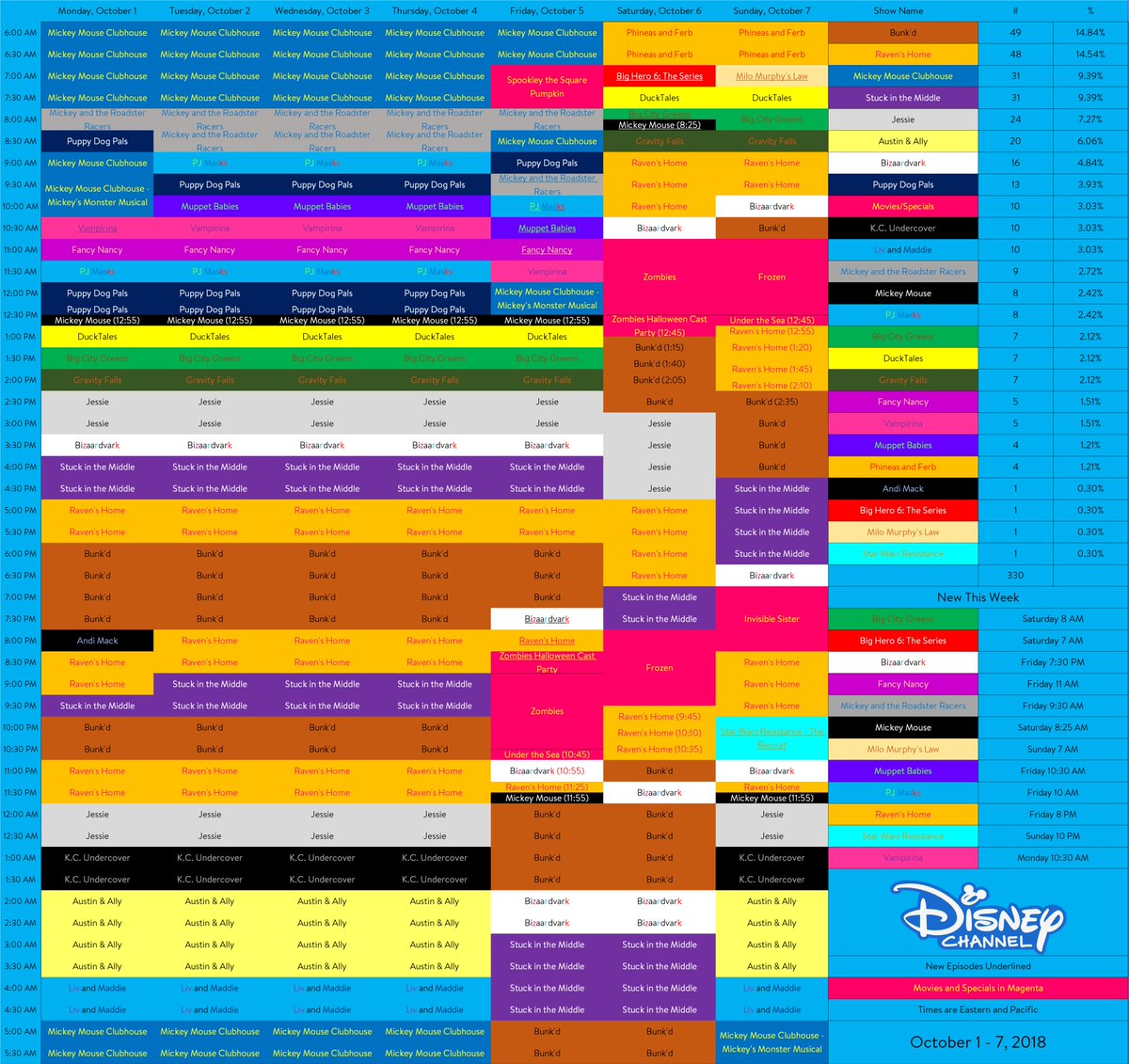

But many young players who have spent time in the minors during the past couple of seasons are already used to it. What players are saying: There's been mixed reactions to the pitch clock, with veteran relievers worried about rushing through high-leverage situations. That's 20 minutes shorter than the average time of a control set of 335 games run without the clock to begin the season (2 hours, 59 minutes) and 24 minutes shorter than the average of the 2021 season (3 hours, 3 minutes average). Over the first 132 minor league games under the new rules, the average game time was 2 hours, 39 minutes. What it's meant in the minors: When stricter pitch clock enforcement - based on a 14-second clock with the bases empty and an 18-second clock with runners on - began in the minors earlier this season, the results were immediate. While it is not directly correlated, Statcast's pitch tempo tracker shows 108 pitchers have averaged at least 20 seconds per pitch with the bases empty this season - led by Atlanta Braves closer Kenley Jansen at 26.1 seconds between pitches. What they're trying to change: The average time of a nine-inning major league game in 2022 is 3 hours, 4 minutes, which is actually a six-minute decline from last year's all-time high - but the time of game has been rising consistently since first crossing the 3-hour mark in 2014.

If a batter delays entering the box, he will be charged with a strike. How it will be enforced: If a pitcher has not started "the motion to deliver a pitch" before the expiration of the clock, he will be charged with a ball. Hitters will need to be in the batter's box with eight seconds on the pitch clock. The new rule: Pitchers will have 15 seconds to throw a pitch with the bases empty and 20 seconds with a runner on base. "What's the point of having a shortstop if he can't play shortstop?" "My biggest complaint about the shift is, how do you explain that to kids?" Phillies reliever David Robertson said. Perhaps surprisingly, some pitchers are onboard with the move, as well. From a hitter's standpoint, it's something that could be changed." Over time, it's gotten more extreme and more effective. "It's tough to adjust to it because it wasn't a thing in the minors.

"Growing up, we never had that," Dodgers outfielder Joey Gallo said earlier this season. What players are saying: It would be hard to find a hitter - especially a left-handed one - who isn't on board with eliminating the shift. At Triple-A - where shifts are not banned - it was up only three points. What it's meant in the minors: During the first two months of this minor league season, in the lower levels of the minors where shifts are regulated, the batting average on balls in play by left-handed hitters rose by eight points. A lack of singles in particular is at the heart of the decline, with this year's rate of 5.35 per team the fourth-lowest in MLB history - and the 2021, 20 seasons filling the three spots ahead of this year on the all-time list. What they're trying to change: The leaguewide batting average is down to. the hitting team can decide either to accept the penalty - which would add one ball to the hitter's count - or decline it, and the play would stand. If the play has any other consequence - an out, a sacrifice, etc. How it will be enforced: If the hitting team reaches base and runners advance on a ball hit under the violation, the game proceeds without penalties. Players will be able to move as soon as the ball leaves the pitcher's hand. The new rule: At the time a pitch is thrown, there will need to be four infielders on the dirt and two on each side of second base.

Here's everything you need to know about the new rules, what they'll mean for the players and how the game is likely to change. The rules include a first-ever pitch clock, the elimination of the shift, bigger bases and a limit to how many times a pitcher can disengage from the rubber. All of these rules have been in place in the minor leagues over the previous seasons, leading to wide-ranging changes in pace of play and on-field action.
#DISNEY SCHEDULE SHIFT EXCHANGE UPGRADE#
You have reached a degraded version of because you're using an unsupported version of Internet Explorer.įor a complete experience, please upgrade or use a supported browserĪ 15-second pitch clock? The end of the shift? What you need to know about MLB's 2023 rule changesĬhange is coming to the major leagues! On Friday, Major League Baseball's competition committee voted to implement rule changes that will begin in 2023.


 0 kommentar(er)
0 kommentar(er)
